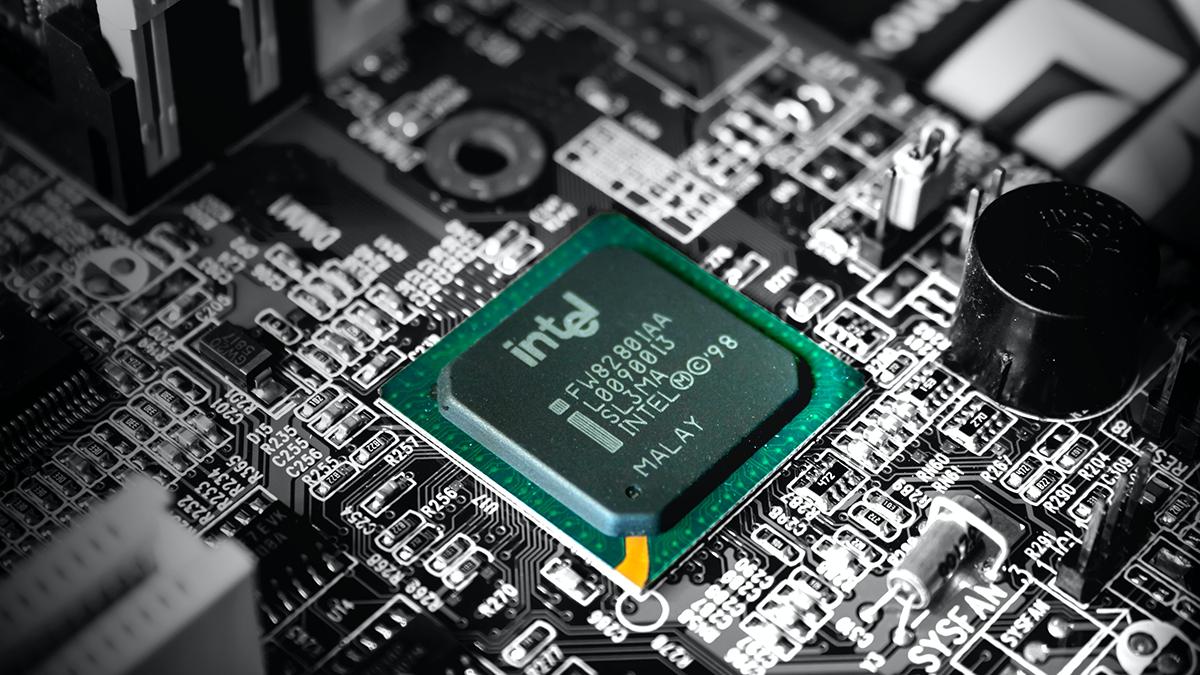
 Last updated 1 month ago
Last updated 1 month ago32-bit programs can access up to 4 GB of memory (RAM), while 64-bit programs can access much more. In addition to supporting more RAM, 64-bit applications can take advantage of certain Windows APIs and features that are only available in 64-bit environments. Because of that we offer some of our programs as 64-bits in order to utilize the benefits of x64 computing.
Please note that 64-bit programs need x64 CPU and 64-bit version of Microsoft Windows to run, while 32-bit programs can run on both 32-bit (i386 or IA-32) and 64-bit (x86_64) operating systems.
Short answer, compatibility. 64-bit applications can't run on 32-bit Windows editions. However 32-bit applications can run on both 32-bit and 64-bit Windows editions.
Most applications don't need large amounts of RAM and don't need to be deployed as 64-bit executables. Vovsoft's rule of thumb is to keep everything simple and reach more people.
Even though 64-bit programs have many advantages, they do not have to run faster than 32-bit programs. In many cases, 32-bit programs run faster.
Speaking of security, 64-bit executables have a larger address space, which makes it more difficult for attackers to predict the location of important system components in memory. However the security of an executable depends on many factors beyond that. For example, the Data Execution Prevention (DEP) is supported on both 32 and 64 bit code.
As a result, we only release a 64-bit executable if we think it is worth doing so.
